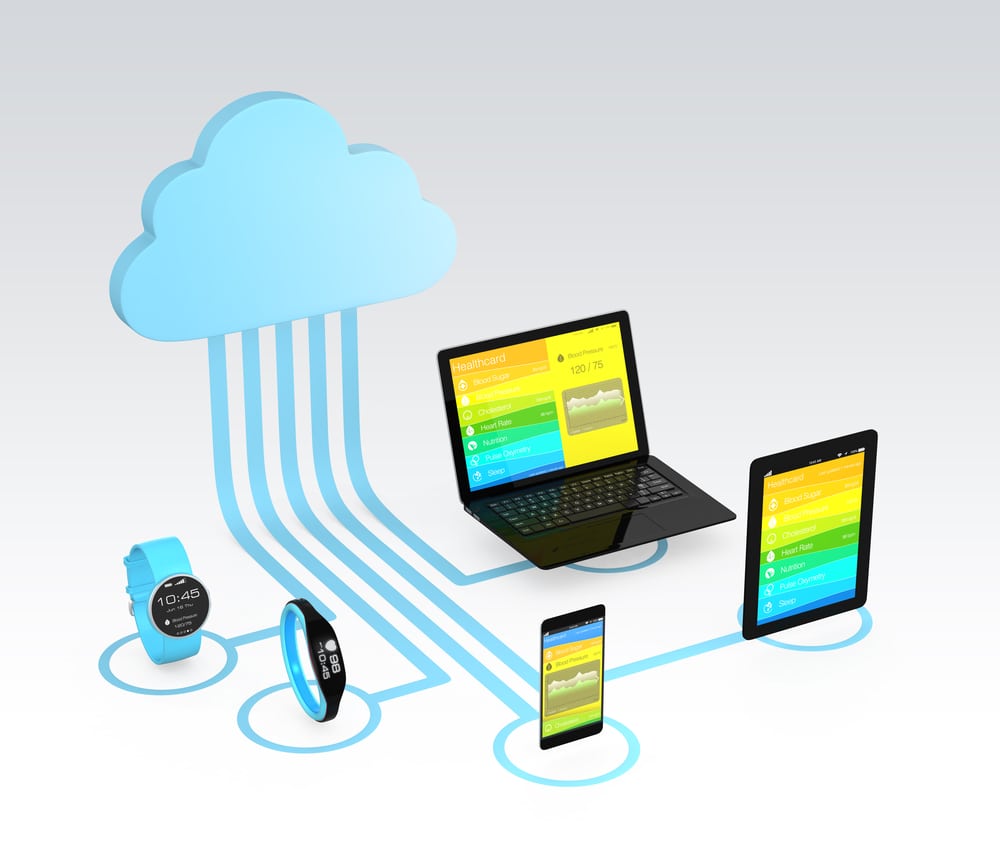Measuring Popularity in a Multiplatform World

 By Wared Seger
By Wared Seger
Parrot Analytics CEO
Measuring the popularity of content used to be relatively easy in the linear world but, despite there being exponentially more data than ever before, it’s in fact become more difficult as we’ve witnessed the rapid proliferation of distribution platforms in recent years. The consequence, of course, has been the emergence of a highly fragmented audience, which in turn is causing our industry to be increasingly less effective in understanding what is really resonating with viewers.
So, how do we unequivocally say what is popular? It was this question that inspired an industry-wide movement away from the panel- and survey-based measurement systems it had become reliant upon and into a concerted effort to adopt a much more empirical and holistic approach to understand consumer demand for content across platforms.
At the heart of this effort to find this new industry standard has been the need to gain a better understanding about the relationship between consumers and content. And this has become more and more complex. Depending upon whether you’re in production, marketing or distribution, different data drives different decisions along the value chain. It leads us to the inevitable question: What is popular?
How do we even define popularity now? The very definition of the term seems to be changing. It’s almost as if we’ve woken up and overnight and popularity is suddenly in the eye of the beholder. What’s popular depends on who you ask. If you’re a TV ad sales person, you live and die by your ad revenue and linear ratings, so what’s popular is what rates well. But it you’re a head of content acquisitions at an SVOD platform, what’s popular for you is what’s going to drive subscriber growth and retention.
So, different people have different definitions of what is popular and yet we need a ubiquitous system that allows us to understand what consumers want. So, the goal is to understand how people express their demand for content and to capture and measure that in some way. How do we do that? Well, the answer is that consumer behaviors and activities are actually the very best signal of content demand. The signal that I am referring to here, of course, is population-wide and not a sample.
We now have 4 billion people using the internet and, soon, it will be the entire planet: Whether you’re watching content, streaming it, discussing it, searching for it, reading or rating it, or even illegally downloading or sharing it, you are in fact expressing demand for content. You have to look at all these ways of how audiences are interacting and watching content to get the true, empirical picture of the extent of demand that is expressed for a certain piece of content. The holistic approach of combining the various “forms” of demand expressions is critical. If you just looked at social media chatter, for example, you will most definitely get a skewed picture of popularity based on a few very enthusiastic and prolific fans. We already know that the level of social media chatter varies dramatically based on the genre and type of TV series. What about viewers who rarely tout a show on social media, but continually seek out new shows to stream, download and otherwise just passively consume?
Fortunately, we now have the technology infrastructure and computational power to collect and process massive amounts of data across the internet and around the world. Recent advances in cloud infrastructure, big data analytics and artificial intelligence have provided us the tools to seek out and make sense of consumer behavior and activity; differentiating concepts like “engagement” versus “awareness,” which are so important to advertisers and marketers alike.
Determining what is popular has become a combination of art and science. Today, demand measurement is rapidly becoming the global standard for understanding content popularity across platforms. Now more than any time in our history, despite the fractured state of the television industry, we can know more about audiences’ true demand for content around the world; measuring empirical demand for all types of premium content, in all languages, across all platforms, in all markets around the world.
This is a “tip of the iceberg” moment in the world of global content demand measurement. We’re only just beginning to realize the full potential of this kind of technology. Beyond assessing demand for specific content titles, we can now look at the popularity of certain genres, sub-genres, themes, cast members, show-runners and even more accurately predict what kinds of content will resonate with viewers in certain territories around the world. There are virtually endless possibilities and opportunities to slice and examine a global dataset unprecedented in its breadth, depth and categorization to answer any business question or challenge at hand.
Popularity might be in the eye of the beholder, but we are now able to quantify it according to different definitions of popularity… and do so more accurately than ever before.
_______________________________________________________________________________
Wared Seger is co-founder and CEO of Parrot Analytics, a leading audience demand measurement company based in Los Angeles, London, New York and Auckland, New Zealand. Parrot Analytics recently published its Global Television Demand Report spanning 10 markets around the world.